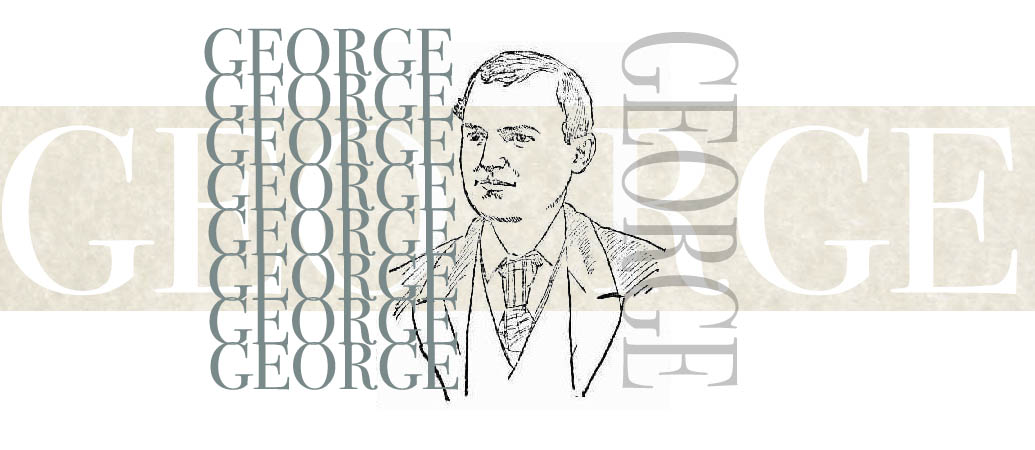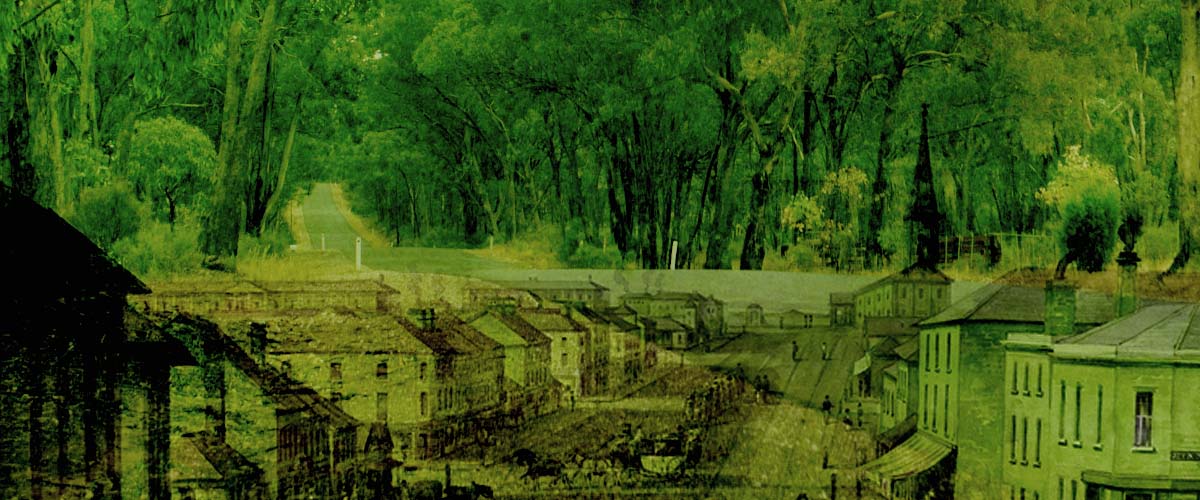
Our George Dyson
A brief overview of George Dyson’s life, the most accomplished Dyson you’ve never heard about.

A brief overview of George Dyson’s life, the most accomplished Dyson you’ve never heard about.

“a more worthless set of men he had never before sailed with.”
…Captain Benjamin Avery stated, as he stood once again before the magistrate in the Water Police Office and denounced nearly half his crew paraded before him in the dock. Seventeen large and aggressive men shouted angrily as they were, as one, sentenced to twelve weeks hard labour in prison. They cursed their Captain in the vilest language and their threats grew louder and more violent. They had, after all, been found guilty of disobeying his orders, and one had even stuck the master and started to draw a knife on him. In a military service such as the Navy, they would have all been hanged—if they were lucky. But this was a civilian court and the three suddenly very civilian-looking Police Constables on guard duty that day began to realise that if the prisoners chose to act on any their blood-curdling threats, there was very little they could do to stop them…